The ski resort known as Sugarloaf is actually split up into two parts: the main mountain, and Brackett Basin, which is located on the eastern side of Sugarloaf on a mountain called Burnt Mountain that is easily accessible from Sugarloaf. Brackett is an area in which I have spent many hours of my life whether it be skiing in winter or hiking in the summer.
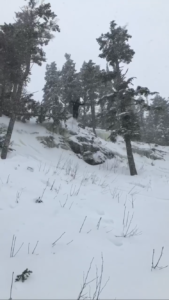
While Sugarloaf started as a ski resort in 1950, it wasn’t until 2010 that the Brackett Basin expansion began to take place. The expansion will end in 2020, when over 600 acres of new skiable terrain will be introduced. While glade cutting is still prevalent in order to complete the expansion, there is no clear cutting of the forest and it shall remain minimal at most. However cutting is still cutting, resulting in fewer bird interactions. It being winter there are limited bird interactions in most places, but during the summer birds like chickadees, blue jays and robins frequent the trees.

Seemingly the only birds I did come across were crows. I don’t know why I never noticed this, but besides the occasional chickadee crows were the only birds that pop up around the area. The later it gets, the more they perch themselves high up in trees and caw at each other.
In comparison to Salmon Hole, Brackett Basin varies heavily. Salmon hole has a lightly wooded area along the perimeter of the wetland while Brackett is a woodland through and through. SH’s tree population has deciduous trees in the majority, allowing a clear vantage of the sky, while Brackett’s has many more evergreens than anything else. In some parts of the Basin you can barely see the sky due to the expanse of the trees.
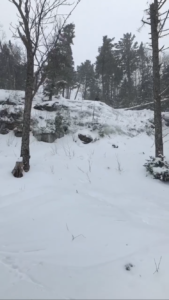
https://www.google.com/maps/@45.036114,-70.3017464,3823a,35y,180h/data=!3m1!1e3 (Brackett is the area to the east of the snowy trails)
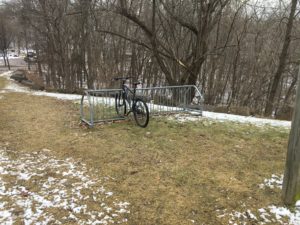
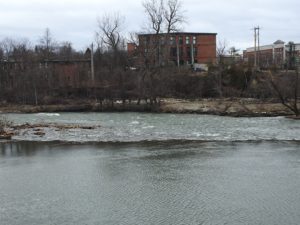

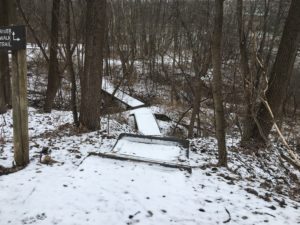
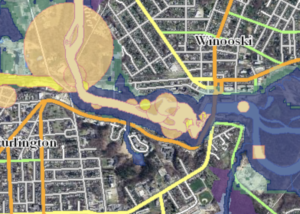
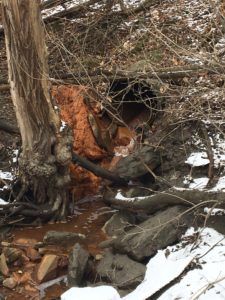
Recent Comments